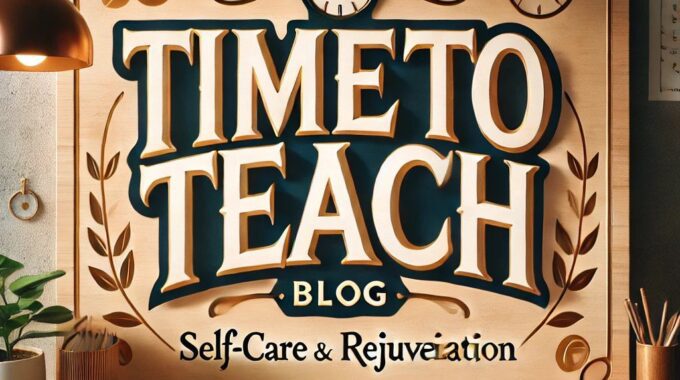As we turn the corner into spring, it’s the perfect time to refresh our teaching…
We’re back in school. Did we lean into care or compliance?
We believe in thanking our sources! This post was sourced from the following blog/website: http://dangerouslyirrelevant.org/2022/10/were-back-in-school-did-we-lean-into-care-or-compliance.html
The following is a new blog post related to education and teaching and relevant to our website visitors. The blog post is not based on the opinions or values of our company but is related to education and teaching, so we wanted to share it with YOU! If you ever have any questions please let us know. Now… on to the post!
Most schools here in the U.S. now have been back for a month or two. And I’m hearing from educators that things are … ‘better.’ Which has me wondering, “How are we defining better?”
As we all know, the end of the 2020 school year and the entire 2020-21 school year were an incredible challenge. Schools shut down. People died. Everything was disrupted, and everyone was scared and anxious. Then, over the summer of 2021, we were much too optimistic about an allegedly ‘normal’ return to school. And it wasn’t. In many (most?) schools, the 2021-22 school year was somehow even tougher than the previous one as we experienced extremely high levels of student refusal and absenteeism, educator stress and burnout, and so on.
In a conversation with Catlin Tucker, I wondered how much better last school year could have been if we had leaned more into relationships and care. There was so much policy rhetoric around students’ ‘learning loss.’ Accordingly, many schools jumped much too fast into their traditional instructional processes without really addressing the trauma that children (and educators) still were carrying with them at the beginning of the school year. And it didn’t work.
I hypothesized in that discussion that if we had started the first few weeks with a significant focus on relationships and care and getting students and families the supports that they needed (say, 80% of our time and energy) and a lesser emphasis on the academic stuff (say, 20%), we could have laid the groundwork for a much smoother school year as we created a stable foundation that allowed us to transition back to ‘normal’ expectations. But many schools didn’t do that, at least not sufficiently to remedy the problem. It was as if we knew that our young people still were traumatized but didn’t want to address it genuinely, at the levels that our children deserved. Sure, we recognized and paid lip service to the issue, and maybe even halfheartedly implemented some new socio-emotional learning (SEL) program, but we didn’t really meet kids’ needs. The proof was obvious as we mostly tried to return to regular learning-teaching practices and then wondered why kids’ behavior, attendance, and academic performance were so terrible and why teachers were incredibly stressed and leaving the profession.
The past few years have shown that the rigidity of our school systems is also a brittle fragility, particularly during a time of dire need for young people and their families. The saddest part of last school year may have been that we could have hit the reset button at any time. We could have taken a pause from school as we know it, invested more deeply into kids rather than content, and built, together, to where we needed to be. But we chose not to. We just kept on with the things that weren’t working, and children and educators paid the price.
All of which brings us to this school year, which supposedly is ‘better.’ And I’m wondering why. Did we finally transform how we interact with our children? Did we finally center their emotional and trauma needs and establish foundational structures of relationship and care that allow us to learn together in functional community? Or, as I suspect from the many educator discussion areas that I’m in, at the beginning of this year did we just lean more heavily into ‘expectations’ and ‘consequences’ that ignore underlying root causes and instead emphasize control and compliance? In other words, if one end of a continuum might be framed as ‘Kids are struggling so they need care’ and the other end might be framed as ‘Kids are struggling so they need control,’ which end of the continuum did our schools lean into? Did we create new, effective systems of care or did we just socialize and force our young people into submission (as we always seem to do)?

How about your school? What did it lean into this year?
Time To Teach reviews each blog post by our contributors but if you feel this is a blog post better suited for another page please let us know.
Teachers and Educators are our heroes. We want to thank you for the work you do!
Yours In Education!
Time To Teach

